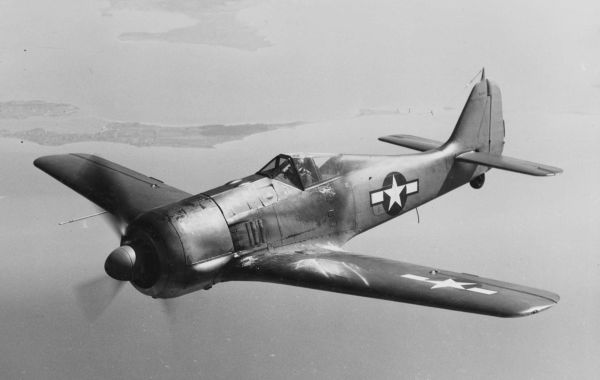Discover the history and features of the Focke-Wulf Fw-190, nicknamed the “Butcher Bird,” a fearsome fighter plane used by the German Luftwaffe during World War II.
When the Second World War began in September 1939, the Luftwaffe had only one front-line, single-seat fighter: the Messerschmitt Bf 109. In many ways, the 109 was an effective combat aircraft, but it had some notable and inherent design flaws that limited its usefulness and led to the Focke-Wulf Fw-190.
Most notable was the 109’s narrow-track undercarriage. The undercarriage legs were mounted in the narrow fuselage. This simplified maintenance: the wings could be removed without the need for placing the aircraft on stands.
However, it also made the 109 tricky during taxiing, landing and take-off. Precise figures are disputed, but a substantial proportion of 109s were lost due to non-combat accidents that may be partly attributable to its unusual undercarriage design.
Background
Kurt Tank was born in 1898 in Bromberg-Schwedenhöhe, Germany. After serving in the German Army in World War One, he gained a degree in electrical engineering at the Berlin Institute of Technology and, in 1924, gained his private pilot’s license.
In 1930, he joined Bayerische Flugzeugwerke in Augsburg where he served under Chief Designer Willy Messerschmitt, the man who would go on to lead the design of the Bf 109. Although they were the same age, it’s said that the two men did not get along: some accounts suggest that their brief period of working together led to a life-long feud.
Whatever the truth, Tank left Bayerische Flugzeugwerke the following year when he was offered the position of design director and head of flight testing for Focke-Wulf Fw-190 in Bremen.
Design
The initial specification issued to Focke-Wulf Fw-190 specified a design capable of utilizing either one of two engines: the Daimler-Benz DB601 liquid-cooled V12 (as fitted to the Bf 109) or the BMW 139 18-cylinder, two-row, air-cooled radial.
Tank and his design team produced a design for a low-wing monoplane fighter that could use either engine. After these were reviewed, the Air Ministry announced in the Summer of 1938 that design work should continue on the version using the BMW radial engine. A contract was placed for the construction of three prototypes.
Click here to know more about Focke-Wulf Fw-190.








